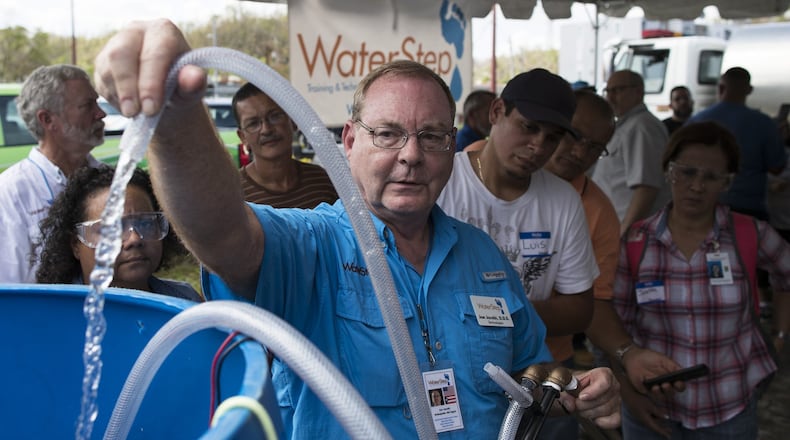Pipeline H2O seeks to harness the region’s significant water expertise to help water-technology companies develop inventions that can solve water and sewage problems, including pollution and efforts to reuse water.
The first Pipeline H2O group of companies met in Hamilton, Cincinnati and elsewhere across the region with mentors, utilities, university experts and others to hone their technologies and improve their pitches to help them develop and sell their water-technology ideas. The second was in 2018.
Pipeline classes, which have come from across the country and several other nations, have gathered here the first few months of each year. The Pipeline tagline is, “Pilot Locally and Deploy Globally.”
Hamilton Development Director Jody Gunderson said the program will convene the third class in 2020.
“That’s what our plan is,” Gunderson said. “When Antony Seppi took a position with Hamilton County’s incubator, it left us at a time that was a recruiting period for that program, and we thought we needed to take a year off from that,” and determine who would fill Seppi’s former position.
Mayor Pat Moeller said he expects Hamilton to continue its Pipeline H2O work.
“Pipeline H20 is a great program with great partners and energetic, motivated entrepreneurs in the water industry,” Moeller said. “It is a natural that Hamilton remain a partner and I expect the City will remain a partner.”
Hamilton’s city government can help water-tech companies because it has its own utilities, including water, sewer treatment and electric. The region also has a variety of large water and sewage utilities. Cincinnati also is home to the U.S. Environmental Protection Agency’s Andrew W. Breidenbach Environmental Research Center, the agency’s second-largest research and development facility, a leader in water research, bio-remediation and pollution prevention.
In addition, the U.S. Air Force Research Laboratory in Fairborn applies leading-edge aerospace research to water needs. It also has numerous universities, and such large companies as Procter & Gamble.
Some 6,000 scientists in the region are implementing $4 billion worth of research per year, said Melinda Kruyer, executive director of Confluence, a non-profit “water-technology innovation cluster” that covers the region of Dayton, Greater Cincinnati, Northern Kentucky and Southeast Indiana.
About the Author
